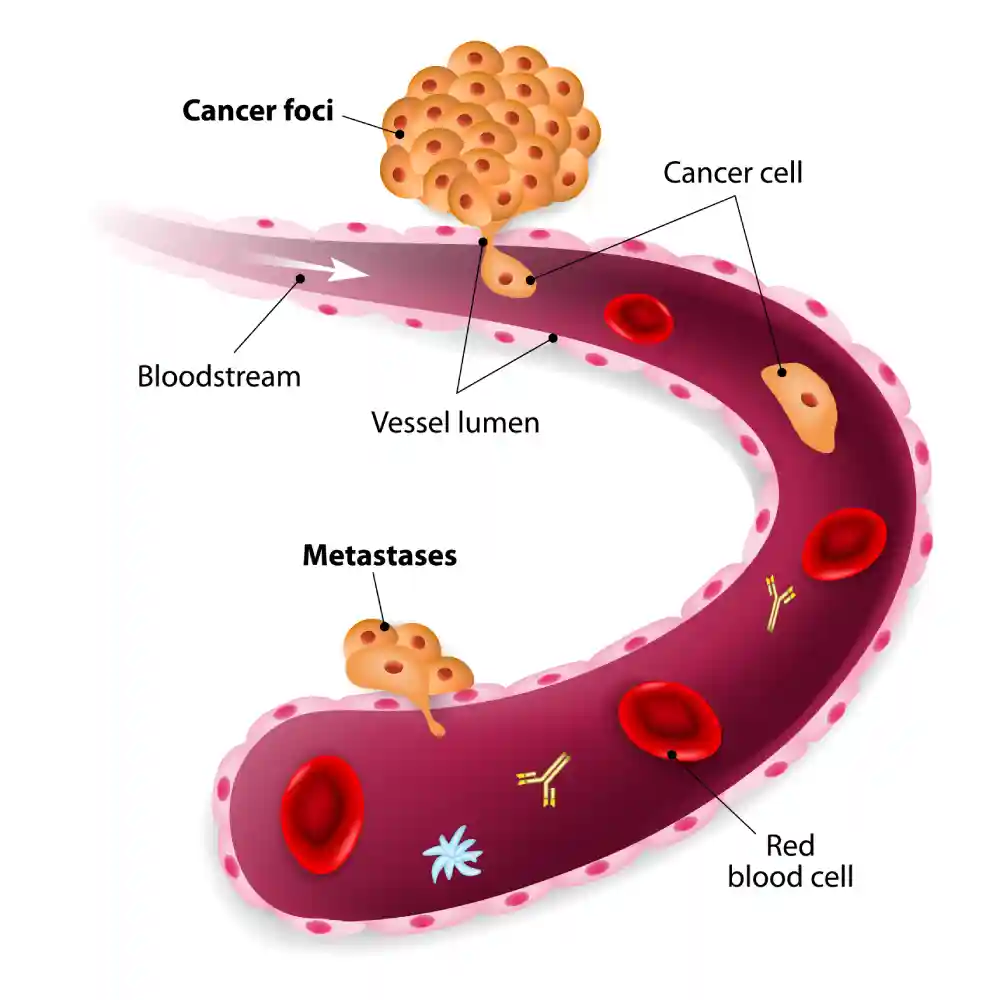Malignancy (bone marrow cancer)

A common characteristic of cancers is that they originate from biologically immortal cells, and when such cells are stem cells with the potential to differentiate into many cells, the problem becomes more complicated. Bone marrow cancers are diverse and are divided into two main categories: primary bone cancers which originated in the bone marrow itself, and secondary cancers which originated elsewhere in the body and then traveled along the bloodstream to reach the bone marrow among other organs. By far, the metastatic bone marrow cancers are more common.
Primary bone cancers may either be leukemias or lymphomas. The main difference is that lymphomas don’t release cancerous cells in the blood, while leukemias do -although this definition became somehow obsolete in the last few years-. They manifest by a variety of symptoms which include general symptoms of malignancy as fever, night sweats, loss of weight with loss of appetite and enlarged lymph nodes. Other more specific symptoms of malignancy differ according to the type of leukemia and lymphoma.
